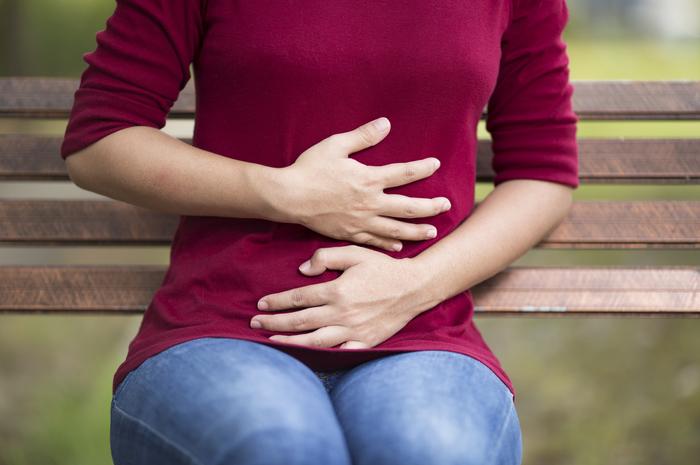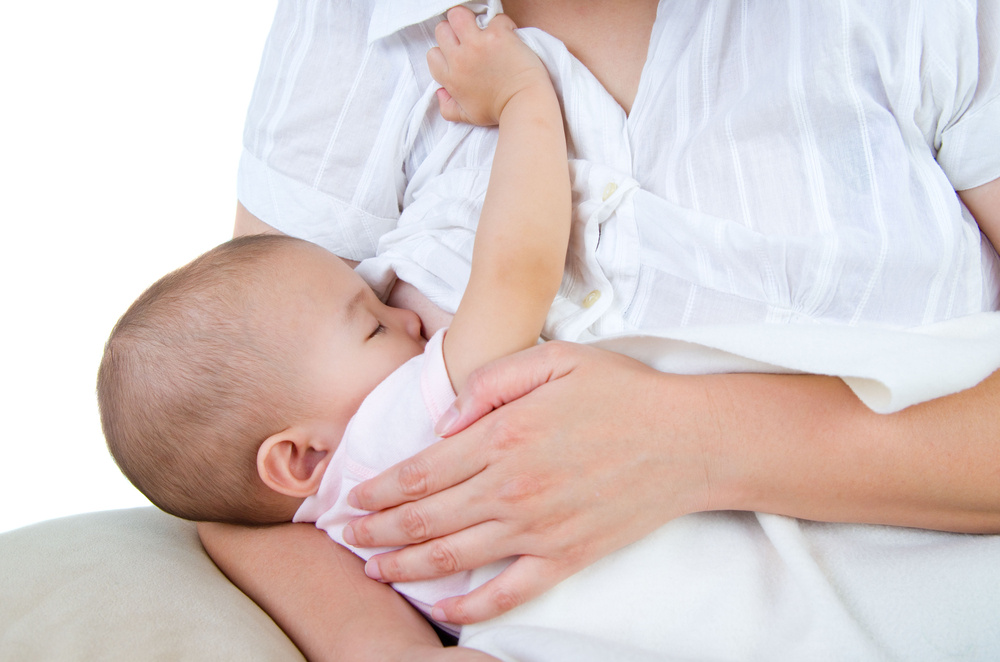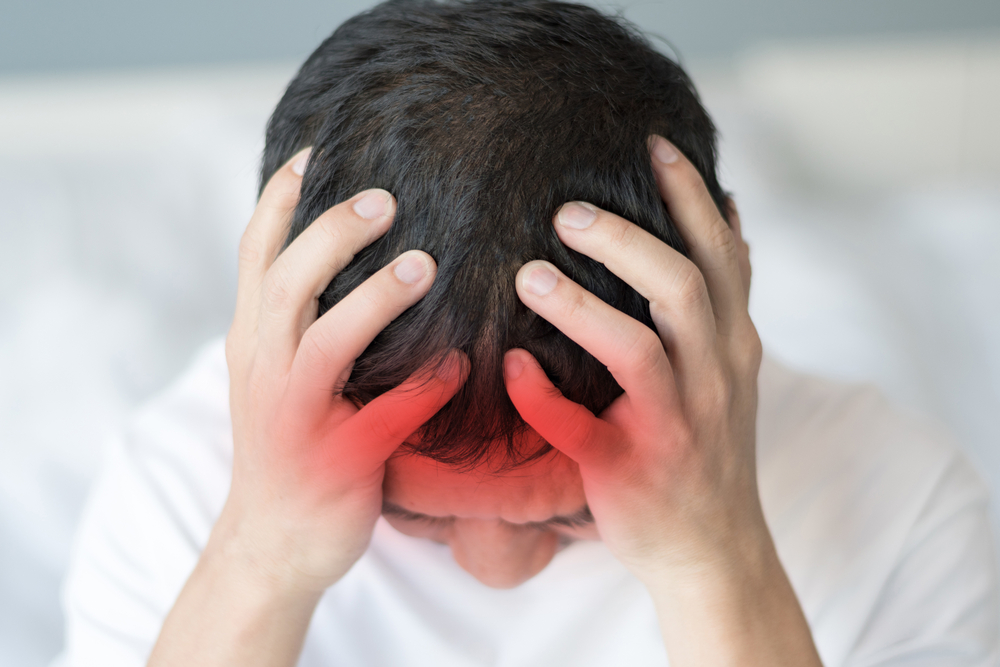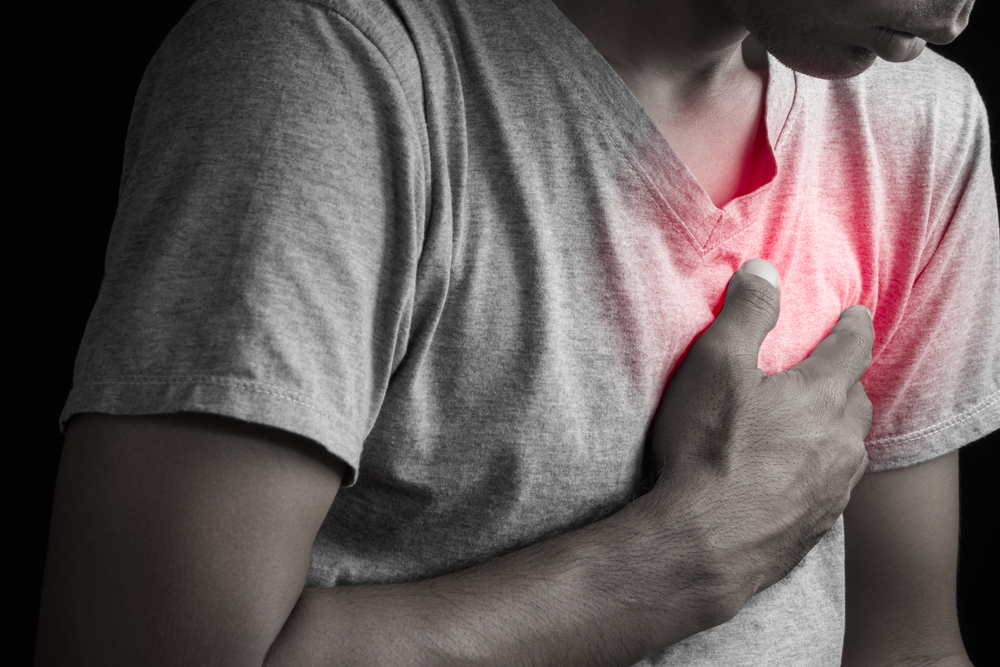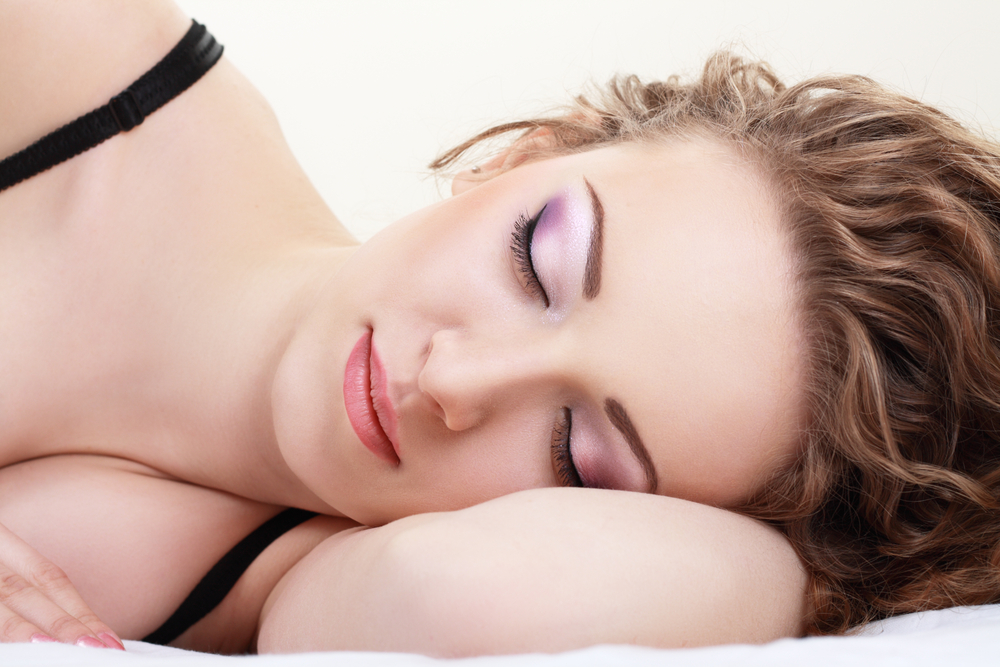Contents:
- Medical Video: How eggs and sperms change with age | Eggs and sperms in your 20s, 30s and 40s
- Menstrual cycle before the age of 20
- Menstrual cycles in the 20s to early 40s
- Menstrual cycles in their late 40s and 50s
Medical Video: How eggs and sperms change with age | Eggs and sperms in your 20s, 30s and 40s
Even though menstruation occurs every month, however, the menstrual cycle is often unpredictable. Menstruation can occur faster or slower, occur every month or two months, or last for seven days, less, or even more. And as we get older, this menstrual cycle will adapt because of hormonal changes related to age, pregnancy and premenopausal factors.
Menstrual cycle before the age of 20
In adolescence, women tend to experience erratic menstrual cycles. Menstrual cycles often come sooner or later, which are usually accompanied by several symptoms that occur several days before menstruation, known as Premenstrual Syndrome (PMS).
Symptoms of PMS are usually in the form of abdominal cramps due to contraction of the uterine muscles, breast pain and enlargement, and pain in the legs and hips.
Menstrual cycles in the 20s to early 40s
The good news is, in your 20s, your menstrual cycle will be more orderly and predictable. The distance between the first day of menstruation this month with the first day of menstruation next month is usually 28 days, and menstruation will occur for 2 to 7 days.
When you have a baby but don't breastfeed, you will usually start menstruating again after six weeks of the birth process. Or, if you breastfeed, you will menstruate again after stopping or reducing the amount of time you breastfeed. Abdominal cramps during menstruation will also improve after you give birth, this occurs because the opening of the cervix becomes slightly larger, so that the outflow of blood does not require strong uterine contractions.
Unfortunately, certain factors can affect your menstrual cycle, such as the choice of contraception, stress, and other problems. In the 20s to early 30s, there are some symptoms that if it happens to you, you should immediately see a doctor:
- Heavier bleeding. This can be caused by benign growth called fibroids.
- Excessive pain that lasts throughout the month. This can be caused by endometriosis or infection of the lining of the uterus.
- Late menstruation. This can be a sign of early pregnancy or caused by polycystic ovary syndrome if menstruation is accompanied by excessive hair growth, weight gain, and high cholesterol.
You need to see a doctor if you experience an abnormal menstrual cycle of more than 7 days, a menstrual cycle of less than 21 days or more than 38 days, excessive pain compared to normal abdominal cramps, bleeding between menstrual cycles or after sex, or late menstruation. An examination is carried out to determine your condition correctly.
Menstrual cycles in their late 40s and 50s
Although the average menopause occurs in the 50s, however, menopause can occur earlier for some women, this is called early menopause. And usually, 10 years before menopause, some women often experience changes in their menstrual cycle.
Towards menopause, menstrual blood flow can turn out to be lighter, heavier, or longer. You can also experience menopausal symptoms like hot flashes or sweating at night.
Although at this age ovulation is erratic, you still need to use contraception if you do not want to experience pregnancy. And if at this age you experience heavy bleeding accompanied by dry skin, hair loss, and slow metabolism, you need to consult a doctor; because this can indicate a thyroid problem in your body.

